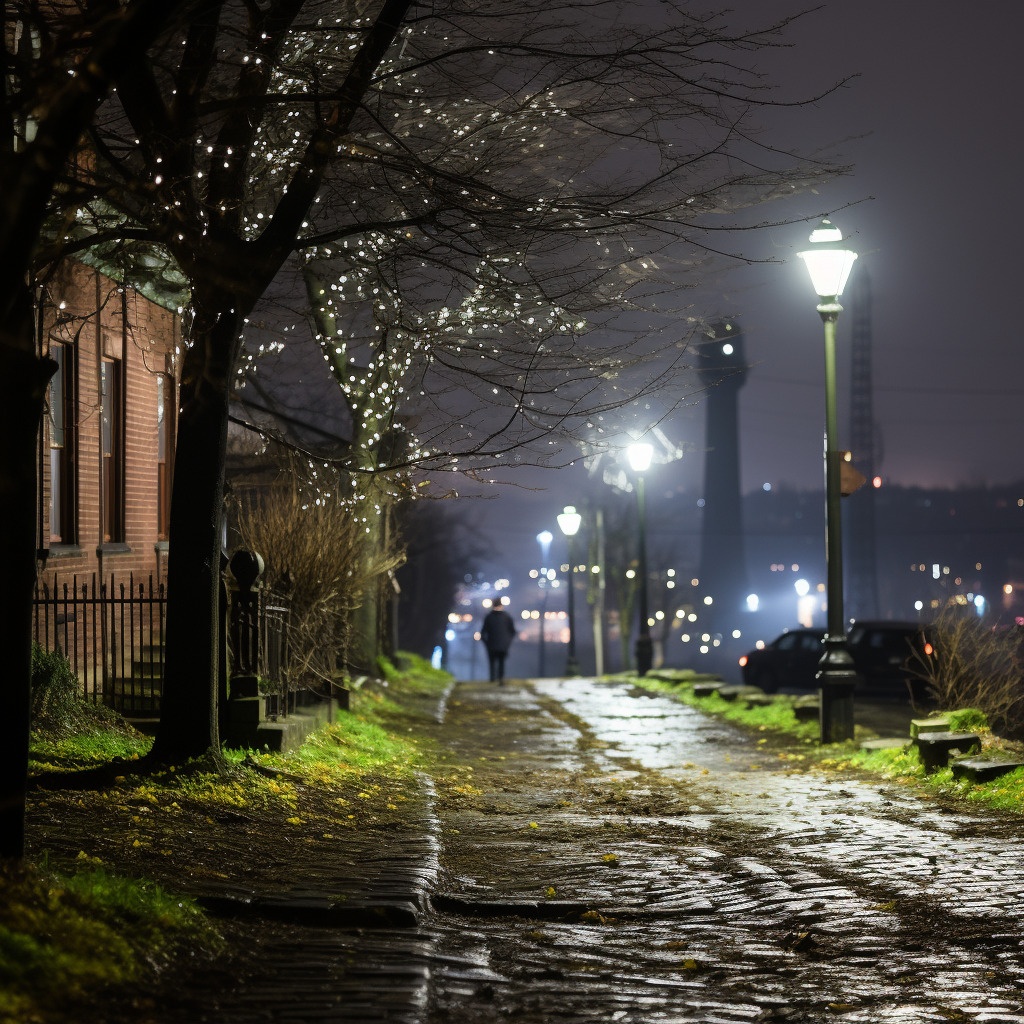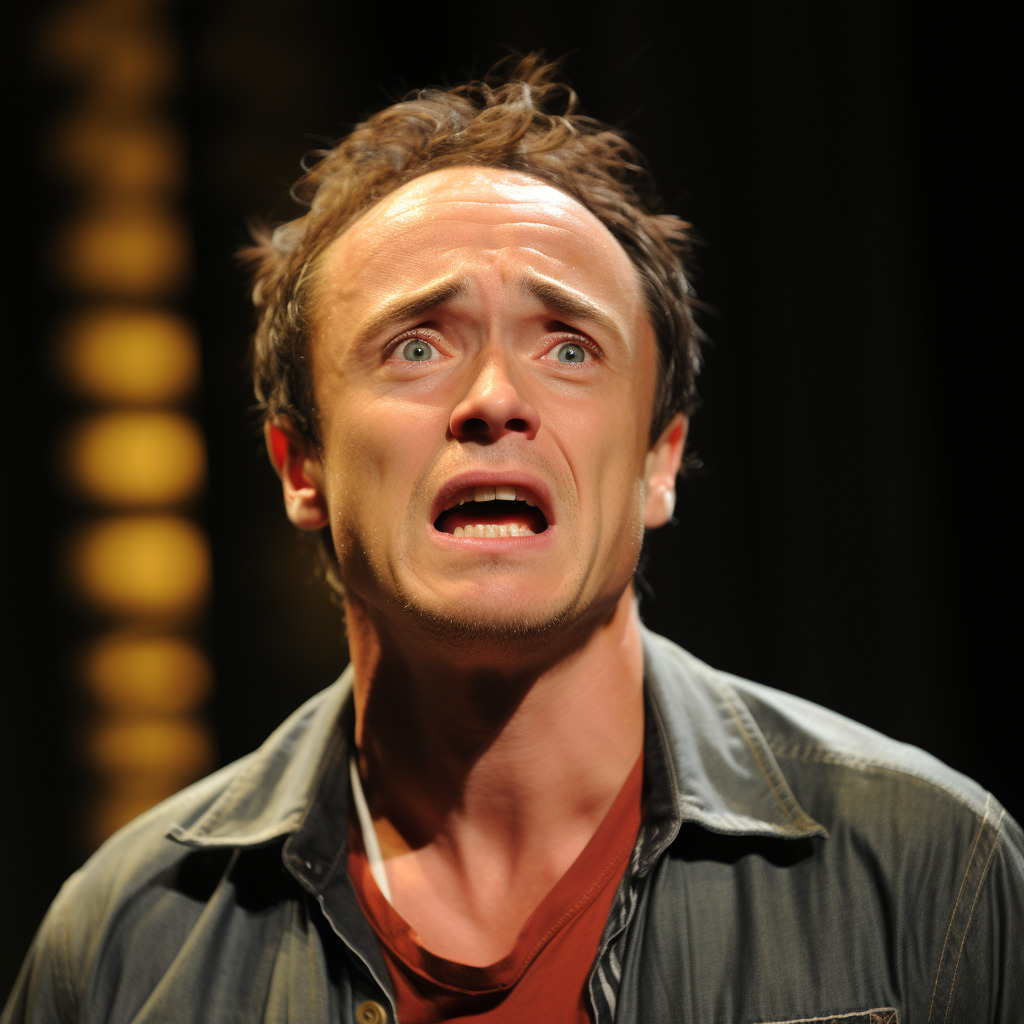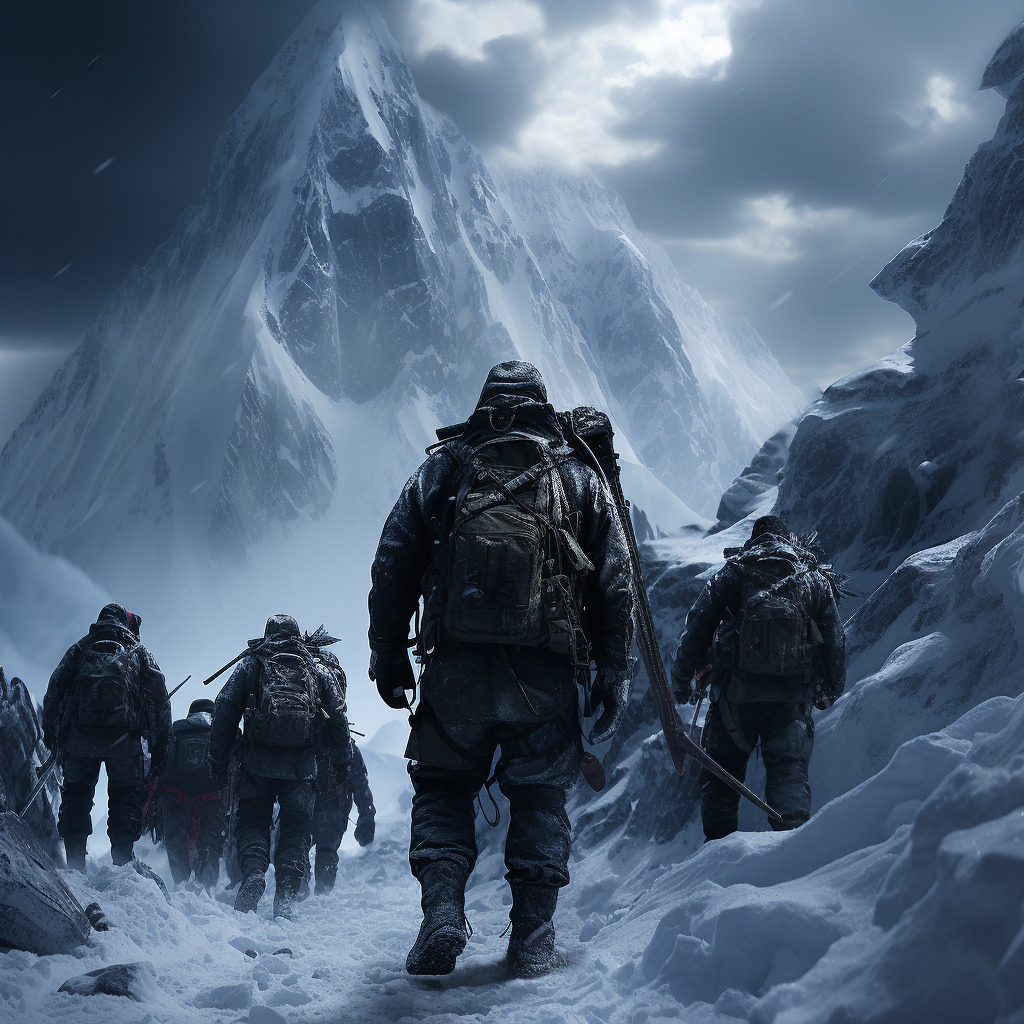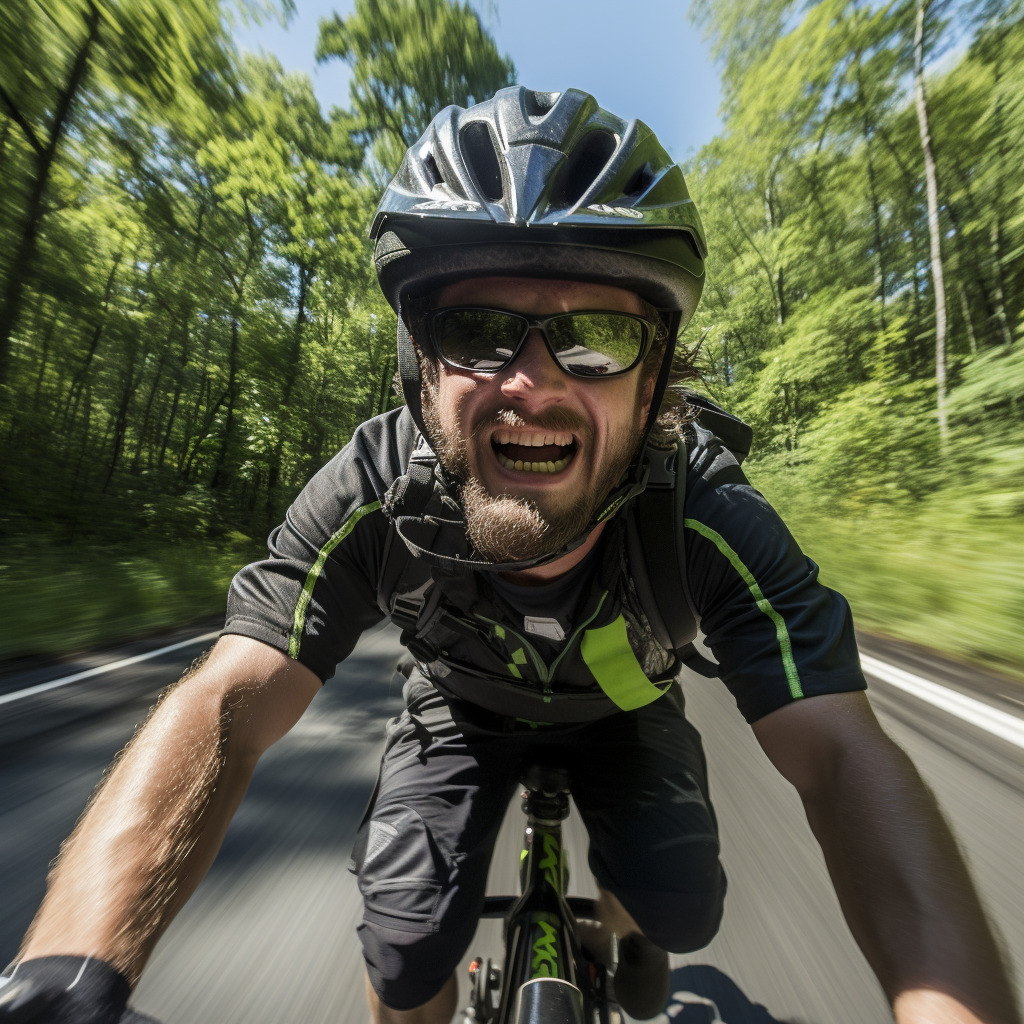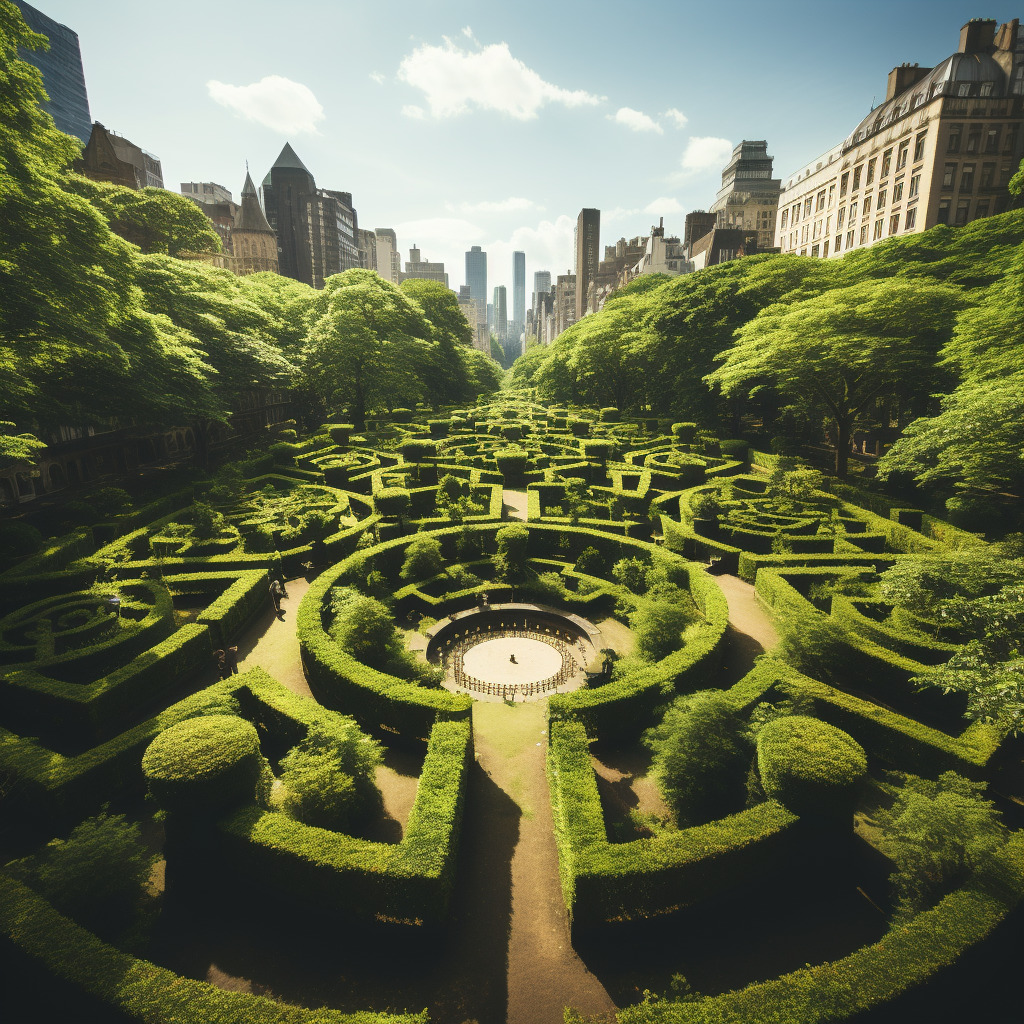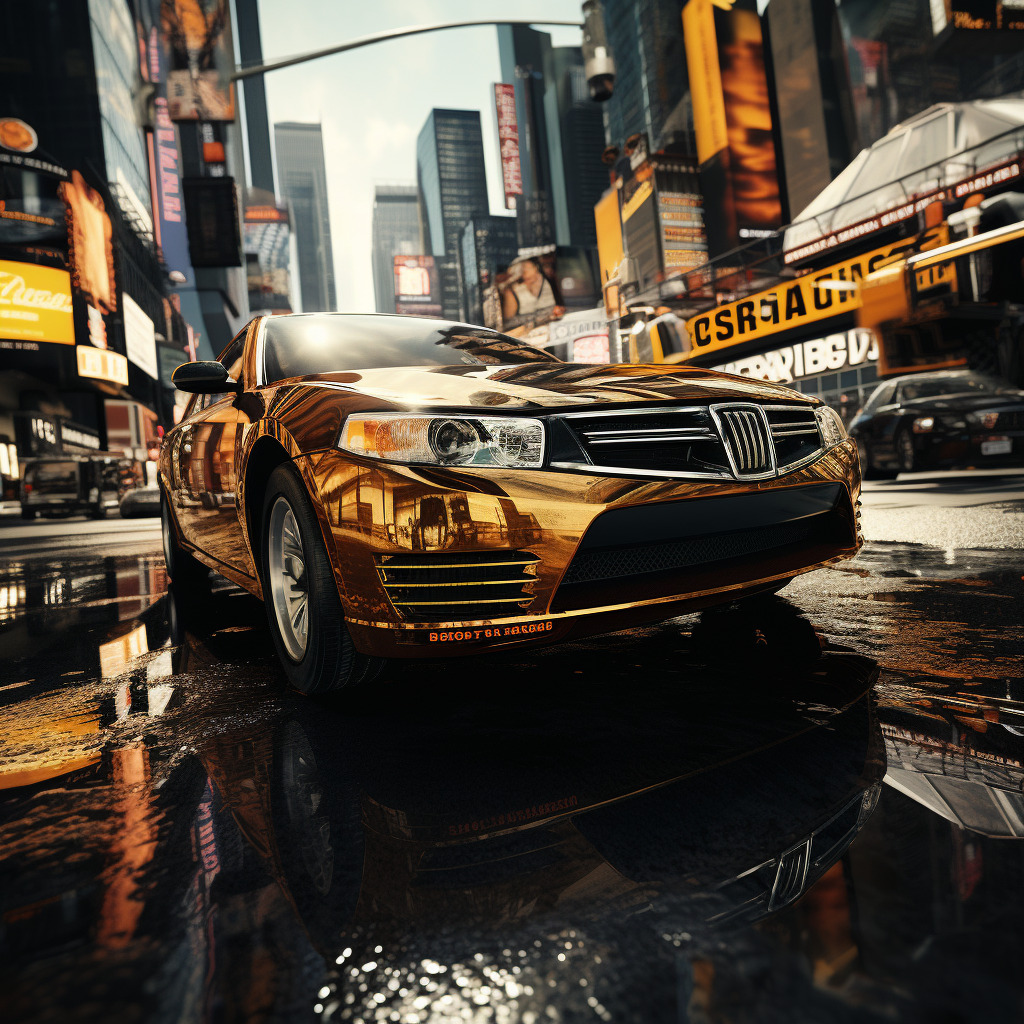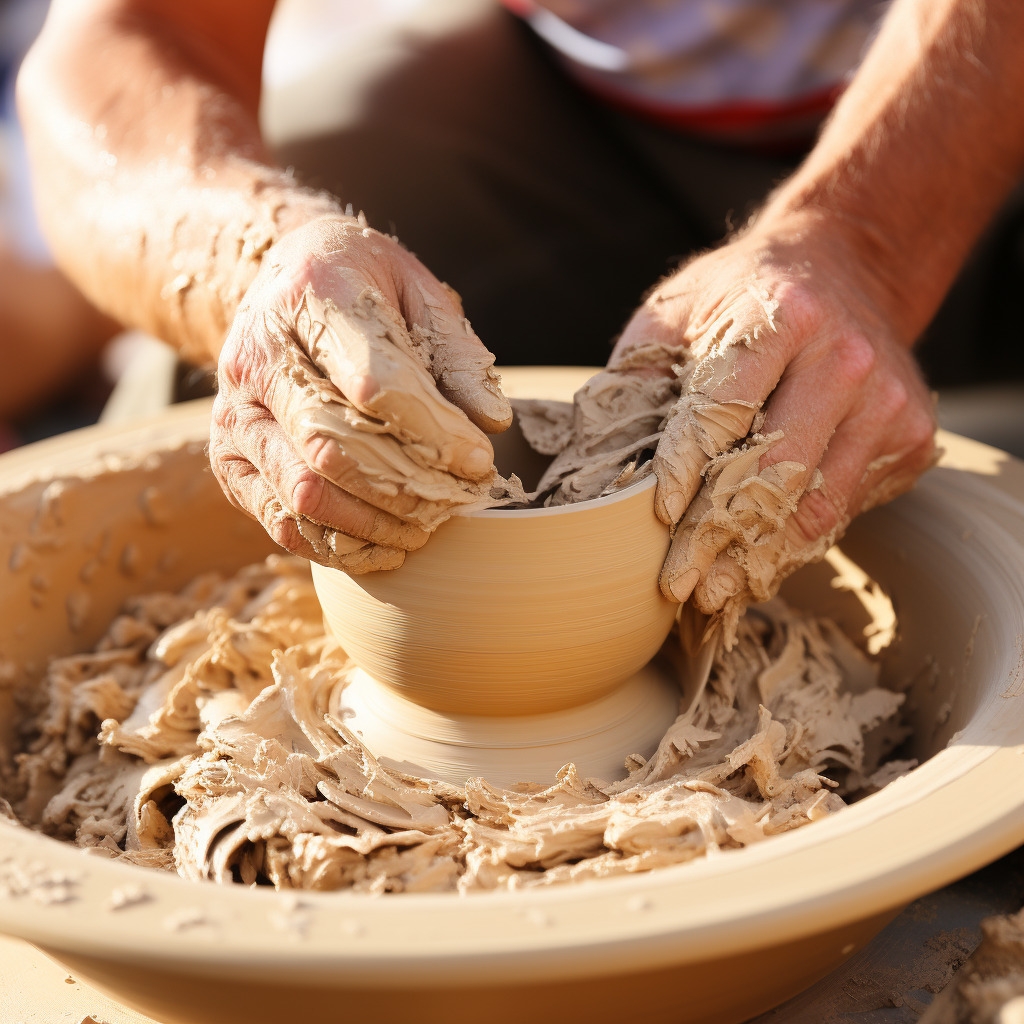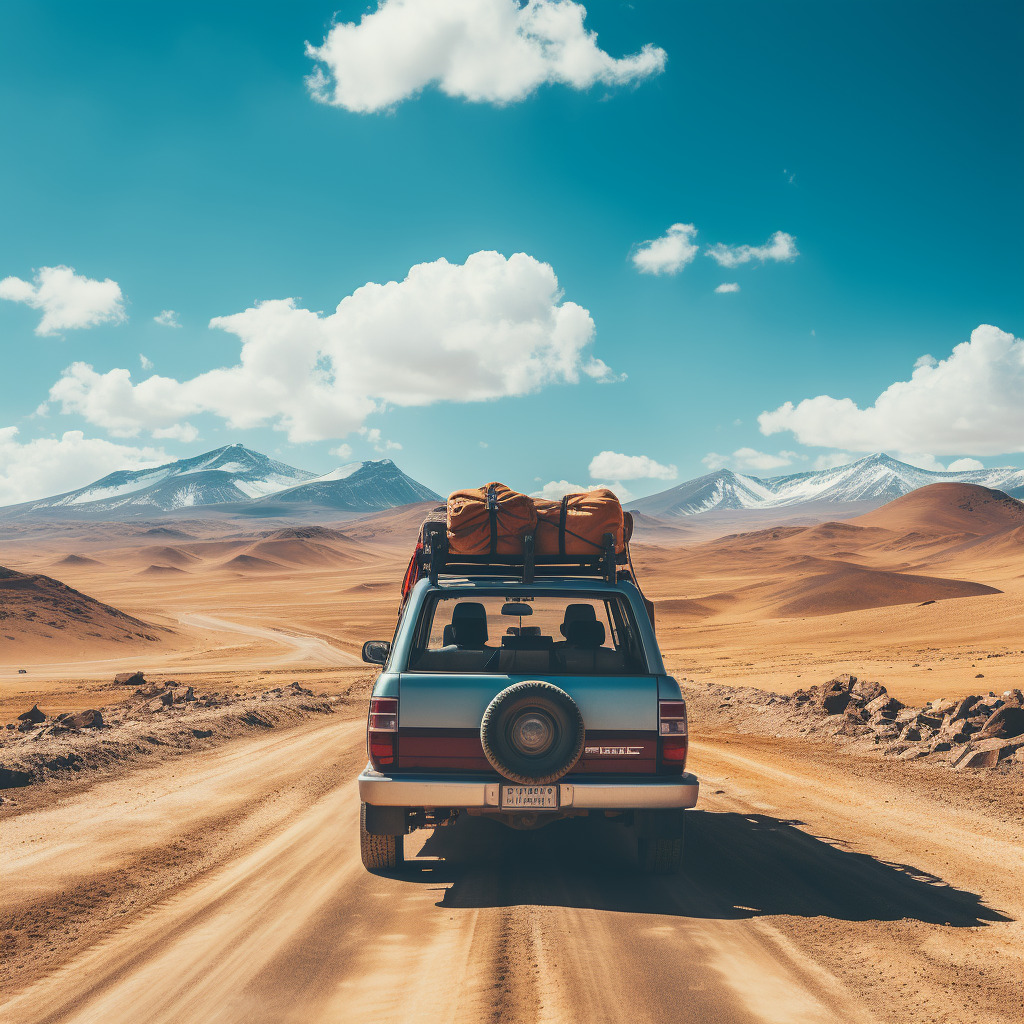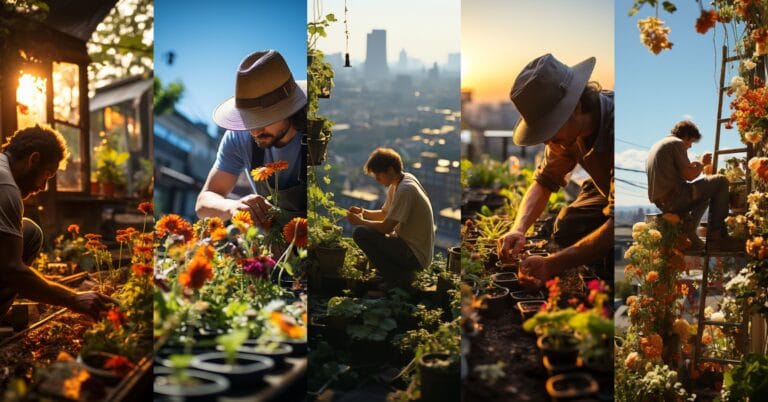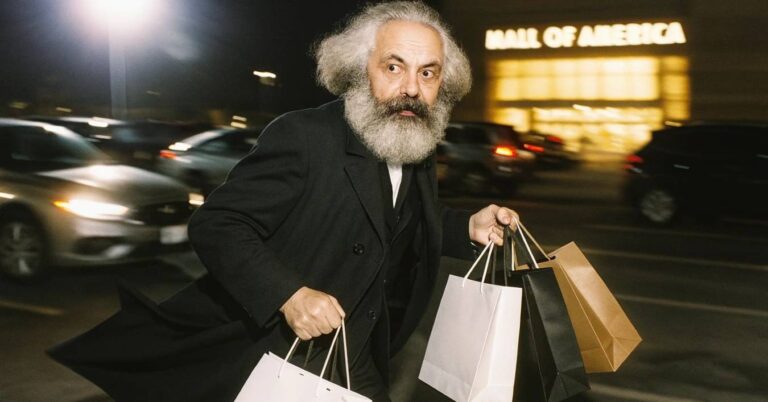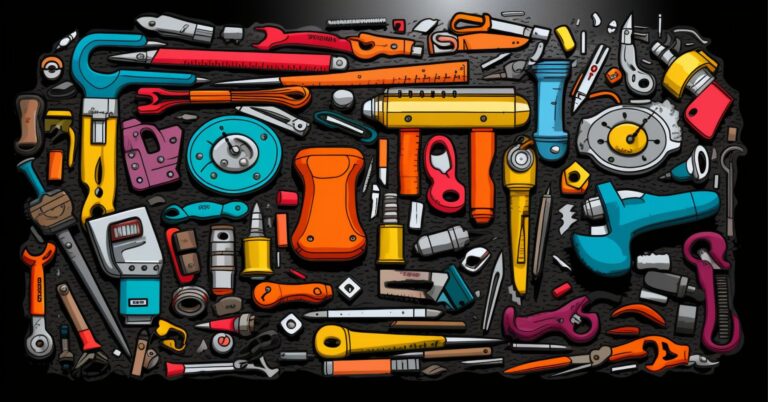More from the AI Track
Capture the Character: Select Film or Camera Type for Striking Prompts!
Enter the realm of Camera Effects in AI Art technique, where the nuances of film and camera types specs breathe life into AI-generated imagery
GPT-4o Image Generator Achieves Startling Realism Amid High Demand, Technical Strain, and Legal Concerns
OpenAI’s GPT-4o image generation feature produces hyper-realistic visuals and sparks viral trends, but massive demand causes GPU constraints, delays for free users, and cultural controversy.
Picking the Right AI Chat Platform: Your Go-To Guide for Every Task
Discover which leading AI assistant excels at everything from text generation to programming help. Our guide matches the perfect chatbot like ChatGPT or Claude to your goals.
Google Cloud Next 2024’s Game-Changing AI Advances
During the Google Cloud Next 2024 event, Google presented an array of innovative AI technologies, solidifying its standing as a leader in the field of AI.
Midjourney V6 Released: Advanced Capabilities in AI Image Generation
Discover the revolutionary MidJourney V6, the latest in AI image generation, enhancing realism and interactive art creation.
Historical Icons Reimagined by AI
Discover how Midjourney version 6.0 have brought ancient Greek historical figures to life. From Alexander the Great to Homer, witness the breathtaking transformation of marble statues into lifelike images.


